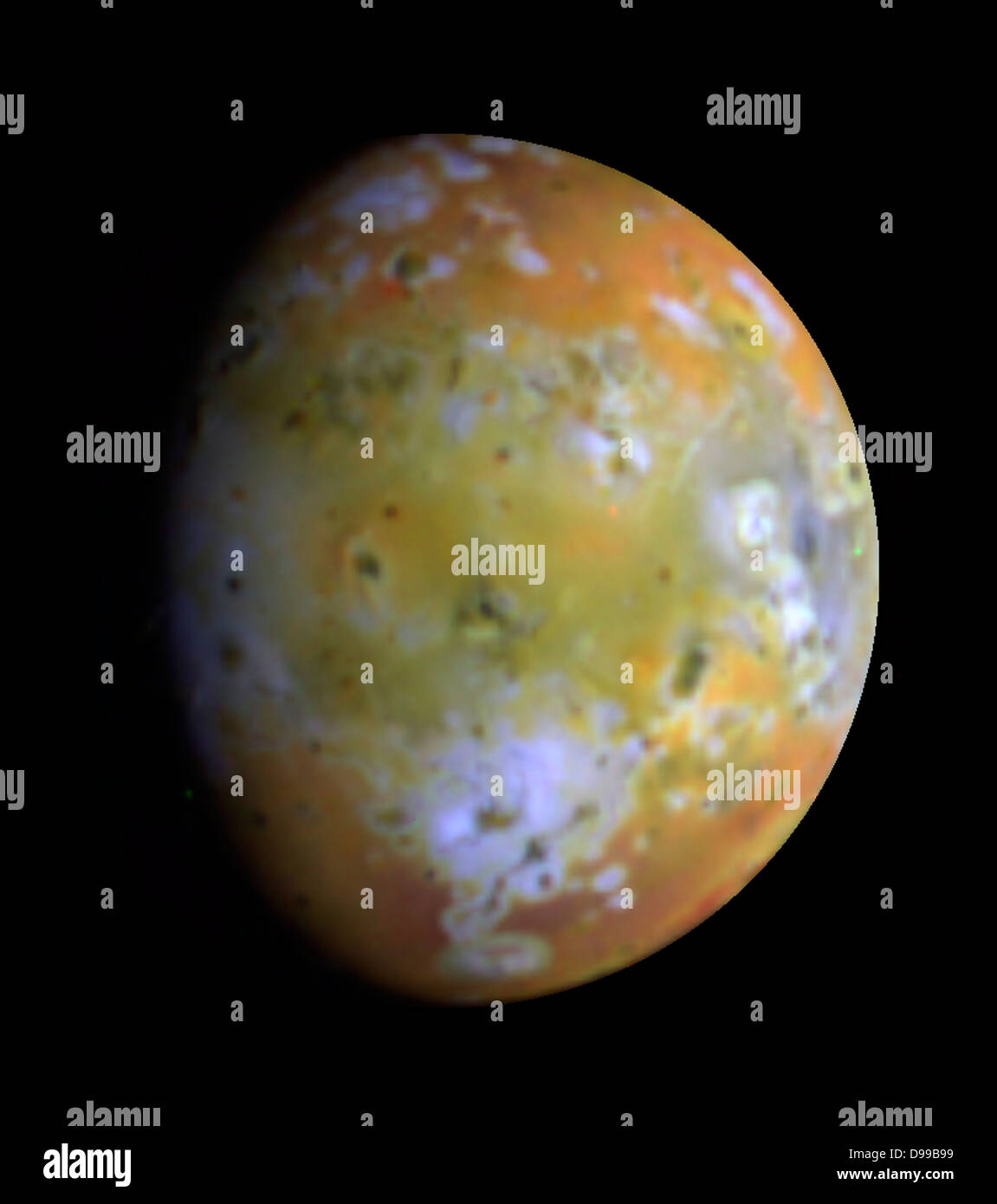
In addition to this, Io can shoot lava hundreds of miles into space. There are a number of volcanoes on this world that produce plumes of sulfur that shoot up 300 miles (500 km) above the surface. Loki (named after the Norse god of mischief) may not be the largest volcano in our solar system (that honor would go to Olympus Mons on Mars), but it is certainly the most powerful. The volcano has a staggering diameter of 126 miles (202 km), but more incredible than its size is the molten underground lava lake feeding Loki its material. The most impressive of these volcanoes is the aptly named Loki. Since then, more than 150 active volcanoes have been detected and mapped (almost 400 are predicted to exist). So all of the Galilean moons should appear as discs in the skies of the other Galilean moons whenever they are visible from them.If there was a contest for the most un-Earth like world, Io would be one of the top contenders. Without a doubt, the most interesting thing about Io is its huge quantity of active volcanoes. As you can see, this volcanism makes the moon look more like a large ball of cheese (or a terribly unappealing pizza) than an actual world.Īctive volcanoes are relatively unheard of in our solar system (it is largely filled with objects that are geologically dead) however, when the Voyager Spacecraft went to explore Io back in the late 70's, it observed more than EIGHT active eruptions as it made a flyby. Ganymede should appear approximately that wide from Europa when they are closest. According to my rough calculations Io can appear as wide as 50 minutes wide in the sky of Europa, about one and two thirds the apparent width of the Moon as seen from Earth. Io has a diameter of about 3,650 kilometers, and can be as close as about 249,000 kilometers to Europa. Of course Europa would be on the far side of Jupiter and hidden from Callisto anyway. At its farthest from Callisto it is about 2,553,743 kilometers from Callisto, and according to my rough calculations should appear to be about 4.2 arc minutes wide from Callisto, about an eighth of the diameter of the Moon as seen from Earth. When they are farthest apart they are on opposite sides of Jupiter and hidden by it as well.Įuropa, with a diameter of 3,121.6 kilometers, is the smallest of the Galilean moons. So the distance between Io and Europa varies from about 249,000 to 1,092,734 kilometers. The orbit of Io has a semi-major axis or radius of 421,700 kilometers, Europa's orbit has a radius of 671,034 kilometers, Ganymede's 1,070,412 kilometers, and Callisto's 1,882,709 kilometers. Would it be possible to see one from the other with the naked eye if they were aligned?īecause Io and Europa orbit Jupiter in different orbits, the distance between them is not constant. They seem to be about 250,000 kilometers away from each other. The two moons that are closest to each other are Io and Europa.


And if a moon was larger than the smallest possible rounded moon, it would appear as disc in the sky of another moon even if the distance between them was more than about 5,729,582.7 kilometers, or 3,560,197.6 miles. So whenever a smallest possible rounded moon was closer than about 5,729,582.7 kilometers, or 3,560,197.6 miles, it would definately appear as a disc. I may also point out that among those moonsof a giant plaent which are large and massive enough to be gravitationally rounded, the smallest moon with a rounded form would appear on the borderline between a dot of light and a disc with a visible diameter when it was about 5,729,582.7 kilometers, or 3,560,197.6 miles from another moon. The author of that article calculates the inner and outer limits, in terms of radii of their planets, for the orbits of habitable exomoons.Īnd from that range of orbital distances I roughly calculated that a habitable exomoon would orbit at distances such that the giant exoplanet that it orbits would appear to be between 5.7295 to 22.9183 degrees wide, about 11 to 45 times the angular diameter of the Moon. In my answer to this question What do I bear in mind, creating an earth-like world with TWO moons? the last part of my answer links to this scientific article discussing exomoon habitabilty: Science fiction writers and scientists have imagined the possibility of exomoons orbiting giant exoplanets in other star systems being habitable.Īnd there have been scientific articles discussing the possible limits of exomoon habitabilty.


 0 kommentar(er)
0 kommentar(er)
